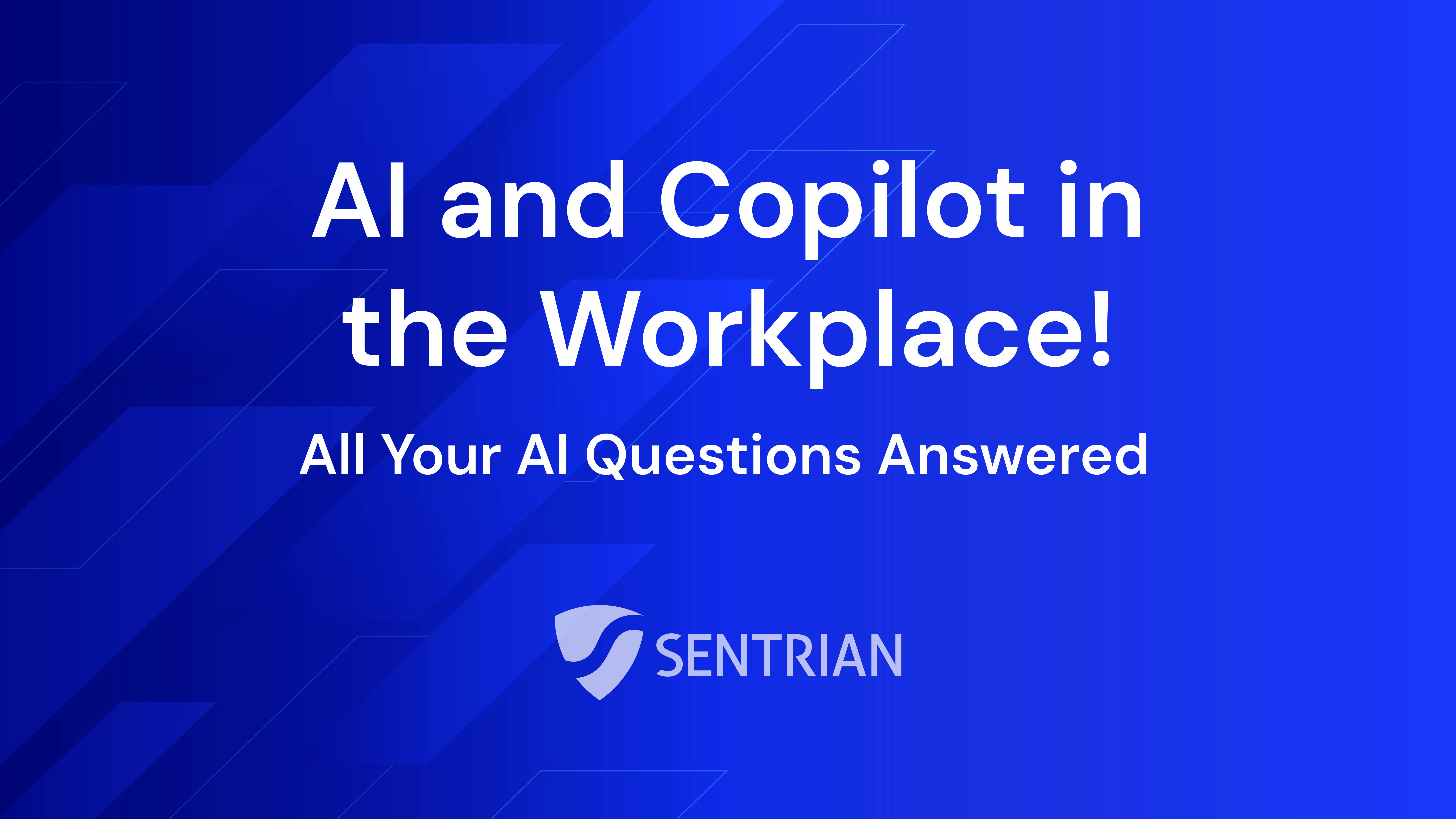- Rapid set up of a complete telephony solution, no onsite engineering required
- Low per extension cost includes licences, line rental, soft phones, national and mobile calls
- Keep your existing phone numbers and preferred devices - Android/iPhone/soft phone
COVID-19 isolation. What was to many people a minor annoyance a couple of weeks ago has turned into a major issue for many businesses. As the government begins tightening the screws on travel and in some cases shutting down businesses completely, most businesses are well down the path of trying to ensure that their workforce can remain productive should they be forced to work from home. The biggest focus to date has been on ensuring access to work applications and files. While this is an integral component of being able to work from home, often overlooked is how to stay in contact with customers and suppliers if and when we no longer have access to our offices. How do we ensure that our customers or potential customers can call us when they need us? The answer is not as hard as you would think.
In my last blog post, a lighthearted look at what 48 hours isolation looks like (feels a lot longer than just last week), I talked about the things that kept me productive and involved in work. One of these items was the ease of making and taking phone calls on my office extension. At the time it hadn't really occurred to me just how integral this functionality was to my job. I'm used to my telephony being ubiquitous as we have had this in our business for quite a while now. What I have discovered though is that many businesses assume that they have this functionality when in fact they do not.
If you already know that you can make and receive calls from your extension when you are out of the office, congratulations! You are all set. If you don't know, read on.
First things first, you never know, maybe your current system actually does this already. If the phone on your desk has a network cable going into it then it is quite likely a VoIP (Voice over IP) handset. This doesn't necessarily mean it will work outside of the office but it is a good start. The simplest test is to pick it up, take it home, plug it into your home router and see if you can make a call. If it works, great news. If not, your current system may not support this functionality.
If you have tried this and it doesn't work, the chances are that your PBX doesn't support remote VoIP (or VoIP at all!). It may also be that your system was not correctly configured to allow you to do this. Either way it is not likely to work in the near future. What you probably need is a cloud based PBX.
A cloud based PBX is the next generation of office telephony. Cloud based PBX's offer all of the functionality of the traditional office based systems and in most cases, much more. Because the PBX is hosted in a data center, they are extremely reliable and there is a no reliance on your office. Calls are placed, received and routed over an internet connection (or in the case of most offices) over a private connection to the data center. Users can connect to their office extension from an app on a mobile phone, a PC, a Mac or even through a browser (like Chrome or Edge). This means that a user can be at home or anywhere where they can get an internet connection and still work as if they were sitting at their desks. If you have calls to your primary business number sent to a hunt group, this functionality still works exactly as it would on an older system with the difference being that the extensions on the hunt group now ring wherever those users are currently working, not just in the office.
There are very few downsides to a Cloud based PBX and the only one that is really worth worrying about is that if a user has a very bad internet connection, the voice quality is not going to be good. As all of the calls are routed over the internet, poor connectivity might result in disconnections or distorted voices. With the advent of home NBN, this is usually no longer an issue but users on older ADSL lines might encounter issues if they are far from their exchange.
As always, speak with your Client Services Manager for more information.







